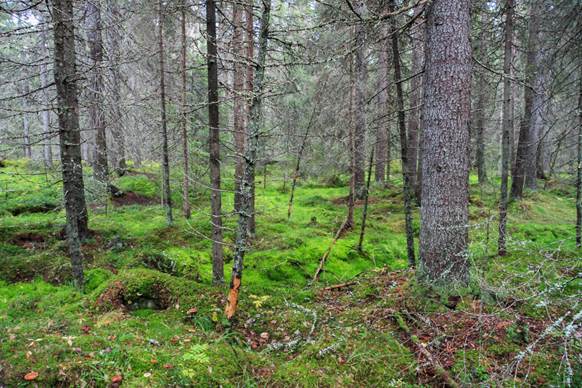Latest publication investigates mercury deposition in boreal soils
By Martin Jiskra, Jan G. Wiederhold, Ulf Skyllberg, Rose-Marine Kronberg, Irka Hajdas, and Ruben Kretzschmar.

Soils comprise the largest terrestrial mercury (Hg) pool in exchange with the atmosphere. To predict how anthropogenic emissions affect global Hg cycling and eventually human Hg exposure, it is crucial to understand Hg deposition and re-emission of legacy Hg from soils. However, assessing Hg deposition and re-emission pathways remains difficult because of an insufficient understanding of the governing processes. We measured Hg stable isotope signatures of radiocarbon-dated boreal forest soils and modeled atmospheric Hg deposition and re-emission pathways and fluxes using a combined source and process tracing approach. Our results suggest that Hg in the soils was dominantly derived from deposition of litter (~90% on average). The remaining fraction was attributed to precipitation-derived Hg, which showed increasing contributions in older deeper soil horizons (up to 27%) indicative 26 of an accumulation over decades. We provide evidence for significant Hg re-emission from organic soil horizons most likely caused by non-photochemical abiotic reduction by natural organic matter, a process previously not observed unambiguously in nature. Our data suggest that Histosols (peat soils), which exhibit at least seasonally water-saturated conditions, have re-emitted up to one third of previously deposited Hg back to the atmosphere. Re-emission of legacy Hg following reduction by natural organic matter may therefore be an important pathway to be considered in global models, further supporting the need for a process-based assessment of land/atmosphere Hg exchange.
external pagehttp://pubs.acs.org/doi/abs/10.1021/acs.est.5b00742call_made
